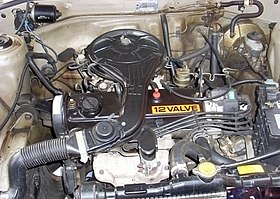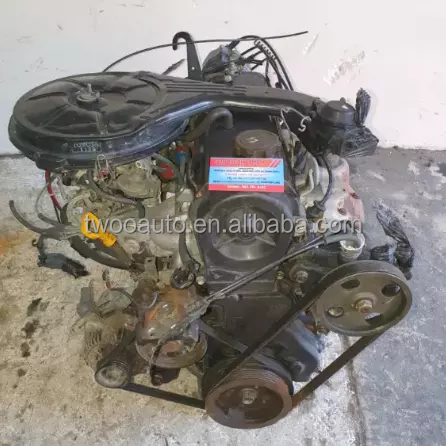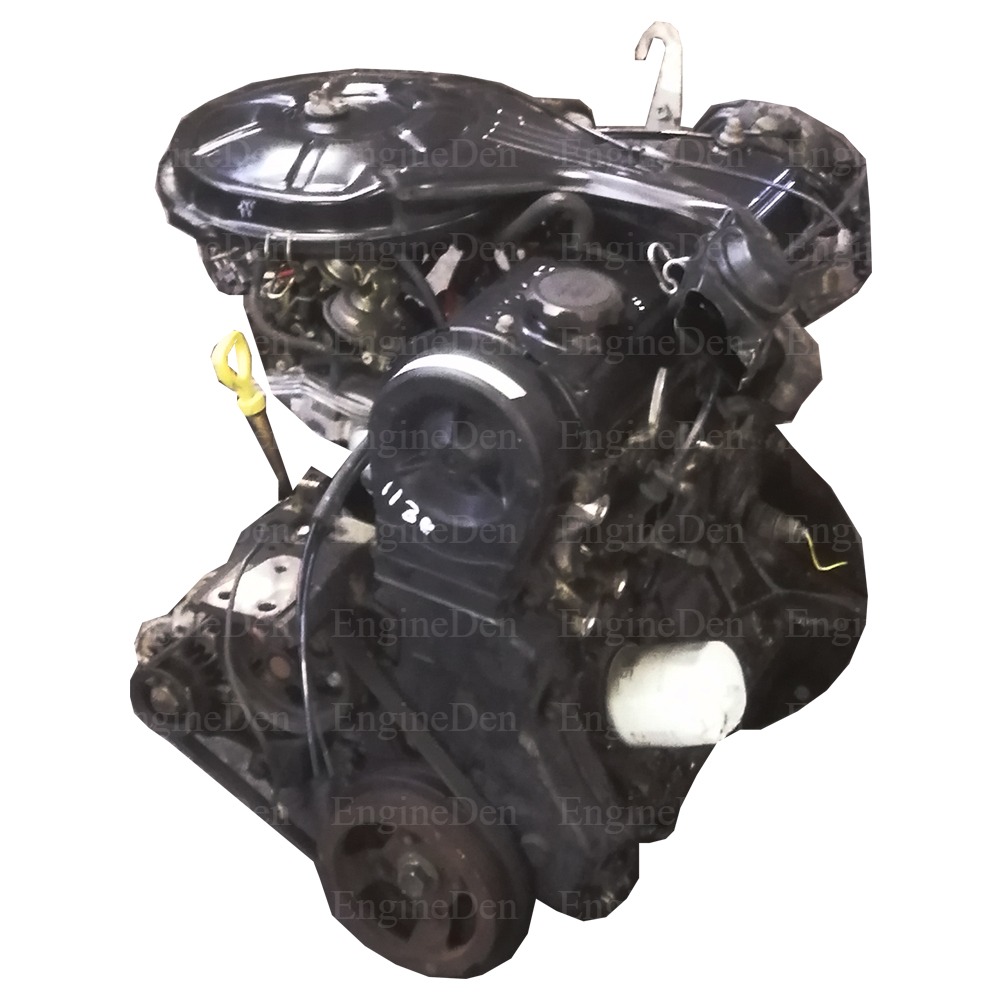Toyota Tazz: Why It’s a Top Choice for Urban Commuters and Small Families
Toyota Tazz: Why It’s a Top Choice for Urban Commuters and Small Families
Blog Article
Explore the most up to date Fads in Engine Innovation Via Tazz
In the rapidly advancing landscape of auto innovation, Tazz stands at the center, highlighting considerable developments in engine systems that prioritize both advancement and sustainability. tazz. From crossbreed engines that maximize fuel effectiveness to the introduction of hydrogen gas cells, the fads shaping modern powertrains are not just boosting performance however likewise dealing with essential ecological obstacles. As the sector remains to press borders, it is vital to think about how these growths will affect future transportation options and the broader implications for international energy usage. What lies in advance in this essential makeover?
Crossbreed Engine Innovations
Hybrid engine developments represent a crucial change in automobile innovation, combining the advantages of internal combustion engines with electrical propulsion systems. This combination not only boosts fuel effectiveness but additionally decreases exhausts, conference progressively rigid ecological policies. By making use of both power resources, hybrid engines can enhance efficiency, supplying power when needed while saving gas during less requiring driving problems.
Current improvements in crossbreed technology include enhancements in battery performance and regenerative braking systems. These developments enable higher power recovery throughout slowdown, which can be rerouted to aid in velocity or power auxiliary systems. Additionally, makers are concentrating on compact styles and lightweight materials to make the most of the effectiveness of crossbreed powertrains.
The growth of plug-in hybrids has also broadened the marketplace, allowing chauffeurs to charge their cars using common electric outlets. This attribute usually allows for considerable all-electric range, further decreasing dependence on conventional fuels. tazz. As the vehicle sector remains to evolve, hybrid engine technologies are anticipated to play a vital function in linking the void in between conventional cars and fully electric models, giving a transitional service that deals with diverse consumer demands and preferences
Breakthroughs in Electric Powertrains
The vehicle landscape is rapidly advancing, with electric powertrains arising as a leading pressure in sustainable transport. Advances in electrical automobile (EV) innovation are considerably boosting efficiency, user, and efficiency experience. Key developments consist of improvements in battery chemistry, which have actually raised power density, lowered charging times, and extended general battery life.
Solid-state batteries, as an example, guarantee to revolutionize the marketplace by providing higher safety and security and efficiency contrasted to standard lithium-ion cells. Developments in regenerative stopping systems are allowing cars to recuperate power throughout slowdown, adding to overall effectiveness.
Along with battery modern technology, electric motor designs are becoming more sophisticated. Developments such as integrated electric motors and advanced thermal monitoring systems are assisting to maximize power shipment and decrease weight, ultimately boosting automobile characteristics.

Jointly, these advancements underscore the dedication to shift towards cleaner, a lot more reliable transport remedies, placing electrical powertrains at the forefront of auto advancement.
The Surge of Hydrogen Gas Cells
Increasingly, hydrogen fuel cells are obtaining traction as a viable option to standard internal combustion engines and battery electrical cars. This technology harnesses the chemical energy stored in hydrogen, converting it right into electricity through an electrochemical response with oxygen. The main byproduct of this process is water, making hydrogen gas cells an eco-friendly option with absolutely you can try here no exhausts at the tailpipe.

Automakers are significantly investing in hydrogen gas cell innovation, identifying its potential for long-range applications and fast refueling abilities that match standard fuels. In addition, industries such as heavy-duty transportation and public transit are especially appropriate for hydrogen gas cells, where battery electric solutions may drop short due to weight and variety limitations.
As research study and investment remain to expand, hydrogen gas cells are positioned to play a substantial duty in the future landscape of tidy transport and energy options.
Enhancements in Internal Burning Engines
Developments in internal right here combustion engine (ICE) innovation are transforming traditional automobiles to fulfill modern environmental standards and performance assumptions. One of one of the most considerable improvements includes the assimilation of sophisticated fuel injection systems. These systems maximize the air-fuel combination, enhancing burning efficiency and causing minimized exhausts. Direct fuel shot, as an example, permits for much better atomization of fuel, resulting in more full burning and improved power outcome.
Additionally, turbocharging has obtained importance, enabling smaller sized engines to deliver greater performance without the weight of larger engines - tazz. This innovation not just enhances effectiveness but also adds to reduce fuel consumption. Variable valve timing systems are also being improved, allowing engines to adjust to numerous driving problems for boosted torque and responsiveness
Furthermore, the usage of light-weight materials in engine building and construction is ending up being conventional, further enhancing fuel efficiency by decreasing total vehicle weight. Engine control units (ECUs) are increasingly advanced, enabling real-time adjustments that maximize efficiency and exhausts.
These improvements jointly signify a pivotal change in ICE innovation, aligning with international sustainability objectives while still supplying the efficiency chauffeurs get out of their cars. As the sector develops, these improvements remain to shape the future of standard vehicle design.
Future Trends in Engine Effectiveness
Substantial advancements in engine efficiency are prepared for as makers concentrate on integrating sophisticated technologies to meet rigid environmental guidelines and consumer demands. The shift towards electrification, crossbreed systems, and alternative fuels is improving the auto landscape, driving innovations that improve fuel economic climate and decrease discharges.
Among the essential trends is the implementation of advanced materials and producing methods. Lightweight compounds and high-strength alloys add to decreased lorry weight, hence boosting overall effectiveness. Additionally, the fostering of turbocharging and variable shutoff timing modern technologies permits boosted power output from smaller sized engines, even more enhancing fuel economic situation.

Conclusion
Advancements in hybrid engine systems, electric powertrains, and hydrogen gas cells show a commitment to lowering emissions while enhancing efficiency. Improvements in inner burning engines and an emphasis on lightweight products add to general engine performance.
From hybrid engines that maximize gas efficiency to the emergence of hydrogen fuel cells, the patterns shaping modern powertrains are not just improving efficiency yet likewise attending to critical ecological challenges.Crossbreed engine developments stand for a crucial change in automobile technology, incorporating the benefits of internal combustion engines with electric propulsion systems.Furthermore, turbocharging has actually acquired importance, enabling smaller engines to supply higher efficiency without the weight of bigger engines. In addition, the adoption of turbocharging and variable shutoff timing modern technologies enables for boosted power result from smaller sized engines, even more boosting fuel economic situation.
Enhancements in inner burning engines and an emphasis on light-weight materials contribute to general engine effectiveness.
Report this page